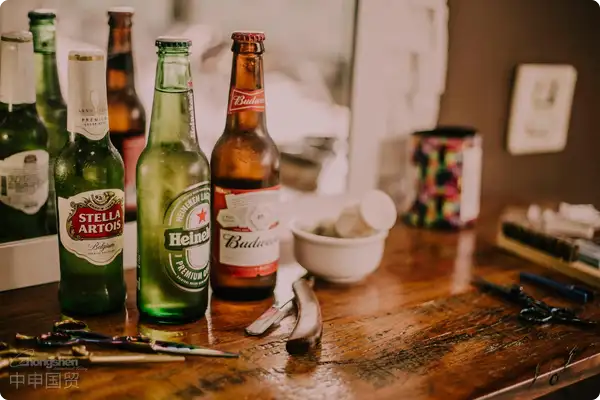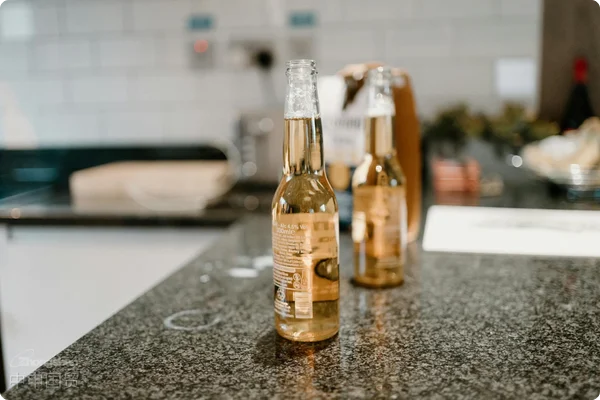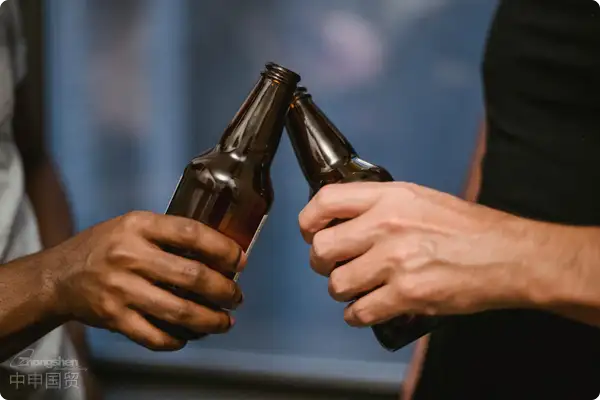- Shanghai Zhongshen International Trade Co., Ltd. - Two decades of trade agency expertise.
- Service Hotline: 139 1787 2118

The Real Trade Costs under the Beer Foam
When the lively scenes of the German Beer Festival appear in domestic supermarkets, many novices tend to overlookThe Hidden Cost Structure of Imported Beer. According to our experience in handling Belgian Abbey beer, in the actual landed cost:
- Tariffs + VAT account for approximately 35%
- The cost of controlling logistics losses accounts for 12%
- Compliance certification fees account for 8%
A customer once failed to calculate the hop ingredient testing fee, resulting in a 9 - percentage - point drop in the profit margin of the first batch of goods. This reminds usCost accounting must include three types of expenses:
- Explicit expenses (customs declaration, transportation)
- Semi - hidden expenses (warehousing temperature control, label re - sticking)
- Sudden expenses (customs inspection demurrage)
The Three Life - and - Death Challenges in the Customs Clearance Process
In 2020, due to the lack of an ingredient list on the Chinese label of a certain Spanish beer brand, a full - container load of goods was detained at the port for 28 days. This case reveals the hurdles that imported beer must overcome:
- Qualification verification:
- Food filing certificate of the manufacturer
- Certificate of origin health certification
- Alcohol distribution license
- Label compliance:
- The alcohol content error does not exceed ±0.5%vol
- The raw material labeling needs to be detailed to the hop variety
- Warning words must use standard boldface
The Devilish Details of Warehousing and Logistics
The most difficult case we have dealt with is that Belgian white beer underwent secondary fermentation due to transportation temperature control errors. This reminds us to pay attention to:
- Full - process temperature monitoring (recommended 4 - 15℃)
- Special handling for light - avoiding transportation
- Limit on the number of stacking layers (usually no more than 5 layers)
Especially for craft beerSmall - batch and multi - batch transportation, It is recommended to adopt the LCL + constant - temperature container solution, which can save 23% of the logistics cost compared with full - container transportation.
The golden triangle of product selection decision - making
Practical experience in helping a regional distributor achieve annual sales of 400,000 cases shows that successful product selection requires balancing:
- Market matching degree:View the annual import volume data of customs HS codes
- Supply chain stability:Confirm the minimum order quantity (MOQ) of the winery
- Profit margin of safety:Reserve a 15% emergency cost space
Pit - avoiding guide: three things that must be confirmed
Before taking on a new brand each time, my team must do three things:
- Physically check the stacking method of beer in overseas warehouses
- Request the customs release records of the latest three batches
- VerifyMaritime TransportationThe impact of vibration on the tightness of bottle caps
The key to preventing the import of a certain French beer last year was the discovery that the bottles compressive strength index was not up to standard, avoiding potential losses of 800,000 yuan for customers.
Practical case: The breakthrough story of German dark beer
Typical problems and solutions encountered by a certain mid - western customer in the first import:
- Problem 1:The deviation between the malt degree test value and the nominal value is 0.7%
- Countermeasure:Urgently contact the German laboratory to issue a compliance certificate
- Problem 2:The shock of inland transportation leads to bottle cap leakage
- Countermeasure:Change to use EPE pearl cotton to wrap the bottle individually
Through pre - risk screening, it was finally achieved that it only took 37 days from booking a shipping space to putting the products on the shelves, which is 11 days faster than the industry average time - efficiency.
Related Recommendations
Category case
Contact Us
Email: service@sh-zhongshen.com
Related Recommendations
Contact via WeChat

? 2025. All Rights Reserved. Shanghai ICP No. 2023007705-2  PSB Record: Shanghai No.31011502009912
PSB Record: Shanghai No.31011502009912








